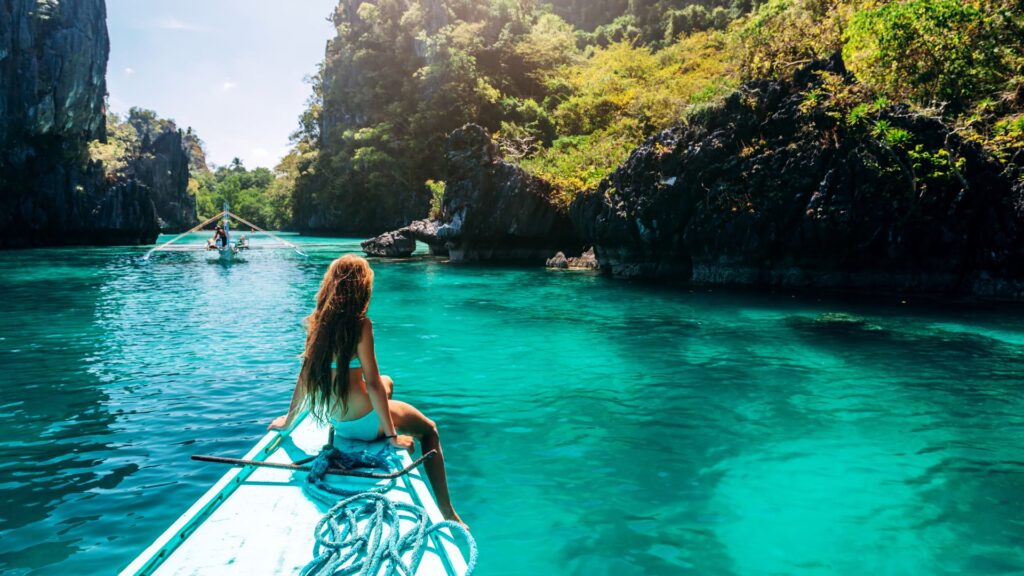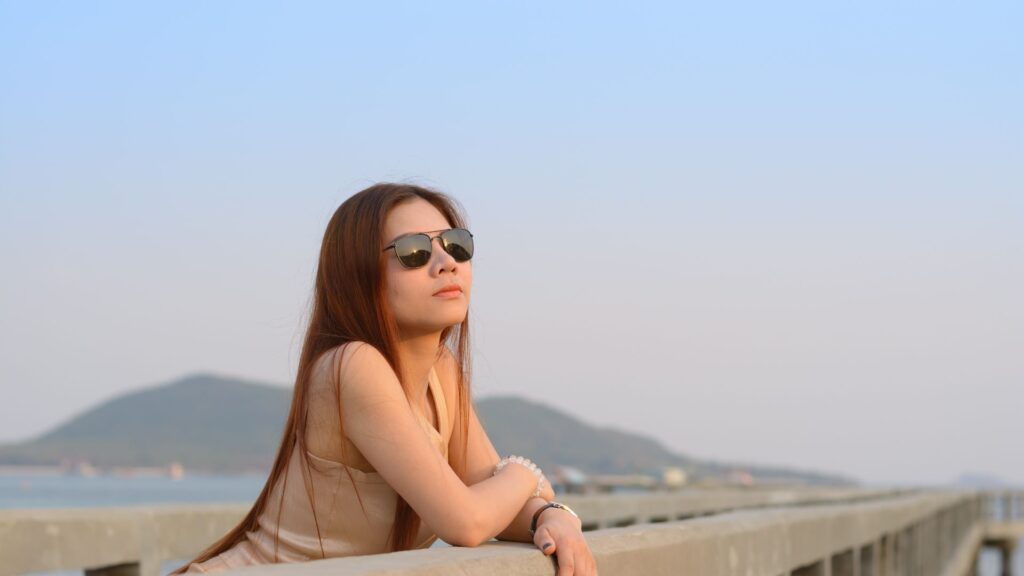Marriage and Dating Tours to Asia: Your Passport to Passion

For the 15 million single men in the U.S. alone seeking love, per 2023 Census data, international options like marriage tours, dating tours, romance tours, and Asian bride tours offer a thrilling solution. These organized adventures have surged in popularity, with over 10,000 men annually joining tours to meet potential partners worldwide, according to industry estimates. Blending travel with romance, they cater to everyone from commitment-ready romantics to curious explorers. Let’s unpack what these tours are, how they operate, and then talk about the sizzling world of Asian bride tours—complete with top destinations, hotspots, stats, costs, and dating secrets.
What’s the Deal with Bride Tours and How Do They Roll?
At their heart, marriage tours, dating tours, and romance tours are guided journeys connecting singles—mostly Western men—with women abroad. In 2022, matchmaking agencies reported a 25% rise in participation, which reflects a growing appetite for intercultural love. Each type has its flavor:
- Marriage Tours: Laser-focused on tying the knot, these attract 60% of tour-goers aiming for immediate proposals, often with legal support for fiancé visas.
- Dating Tours: Laid-back and fun, these draw 30% of participants who want romance without the ring—yet.
- Romance Tours: The catch-all, blending both vibes, with 75% of attendees open to whatever sparks fly.
Here’s the playbook: You sign up with a reputable agency. Pick a group tour (10-20 guys) or a solo VIP experience. Agencies handle the heavy lifting—flights, hotels, transport—so you can focus on flirting.
On arrival, expect socials: mega-mixers with 50-200 local women, boasting ratios as high as 10 women per man. Picture ballrooms or rooftop venues, translators smoothing the chat, and a vibe that’s half-party, half-speed-dating. Private dates follow for promising connections, and if love locks in, agencies assist with K-1 visa paperwork (approved for 19,000 couples in 2023, per U.S. Citizenship and Immigration Services). It’s a streamlined shot at love, with 40% of participants finding serious relationships, per agency stats.

Asian Bride Tours: Where Eastern Allure Meets Western Dreams
Now, let’s zoom into Asian bride tours, a $500 million industry drawing 5,000+ men yearly to Asia’s 4.4 billion-strong population. With 48 countries, Asia’s diversity—think 1,500+ ethnic groups—makes it a goldmine for love-seekers. Women here often rank family and loyalty high, with 70% of Filipino and Thai women surveyed in 2022 expressing interest in foreign husbands for stability (Global Dating Insights). Here’s your roadmap to Asia’s top love hubs, hotspots, conditions, costs, and pro tips.
Asia’s Hottest Love Destinations
- Philippines: A tropical gem where English flows freely, and the locals radiate hospitality. It’s a magnet for tour-goers drawn to its welcoming spirit and stunning scenery. With 110 million people and 85% English speakers, it’s a top pick—3,000 men visit yearly for tours.
- Thailand: Famous for its energy and friendly faces, Thailand blends tradition with a modern edge, attracting those seeking an exotic spark. Home to 71 million, it lures 2,000 tour-goers annually with its 95% tourism-driven charm.
- China: A land of contrasts—ancient roots meet bustling cities. The women here bring a mix of ambition and timeless values to the table. A 1.4 billion-person giant, hosting 1,500+ tours yearly.
- Vietnam: A quieter contender, Vietnam offers an authentic vibe with its rich history and elegant locals eager for connection. With 98 million and a 20% rise in romance tourism since 2020, it’s the fresh face of love tours.
Must-Hit Cities and Flirt Zones
Philippines
- Manila: 13 million residents, 200+ socials yearly at Makati hotels. Hit Bonifacio Global City bars—50% of women there are open to foreigners.
- Cebu: 1 million people, 100+ beachside socials. Ayala Center malls see 10,000 daily visitors, prime for casual meets.
- Flirt Zones: SM City malls (2 million monthly visitors) and Mactan cafes (70% female clientele).
Thailand
- Bangkok: 10 million locals, 150+ socials at Siam Paragon. Sukhumvit bars draw 5,000 women nightly.
- Chiang Mai: 1.2 million, 50+ market-based meetups. Night bazaars host 80% female vendors.
- Flirt Zones: Patpong Market (10,000 visitors nightly) and Pattaya beaches (60% women at socials).
China
- Shenzhen: 12 million, 80+ tech-district socials. Luohu malls see 15,000 daily shoppers, 65% female.
- Chongqing: 32 million metro area, 60+ riverfront events. Jiefangbei nightlife draws 70% women.
- Flirt Zones: Chengdu teahouses (90% local clientele) and Shanghai’s Bund (50+ socials yearly).
Vietnam
- Ho Chi Minh City: 9 million, 100+ socials at Rex Hotel. District 1 cafes host 60% female regulars.
- Hanoi: 8 million, 70+ lakefront events. Old Quarter sees 5,000 daily visitors, 55% women.
- Flirt Zones: Night markets (80% female vendors) and Da Nang beaches (40+ socials annually).
Conditions of Romance Tours: What’s the Scene Like?
Asia’s a sensory whirlwind—think steamy tropical heat in the Philippines, where humidity clings like a second skin, or Thailand’s sultry air broken by sudden rains. China’s climate swings from crisp northern winters to sweaty southern summers, while Vietnam balances warm days with monsoon showers. Language-wise, the Philippines feels like home with its widespread English, but elsewhere—like Thailand, China, or Vietnam—translators are your wingmen, which makes conversations flow.
Culturally, it’s a mixed bag: Vietnam and China lean toward modesty, with subtle gestures and reserved styles, while Thailand and the Philippines embrace a more open, carefree spirit. Tours typically stretch over a week or two, packing in a handful of socials—think lively evenings with dozens of women—and daytime adventures like city strolls or beach outings. You’ll stay in hotels ranging from comfy mid-range spots to plush resorts, all chosen for convenience and vibe. Safety’s a priority—agencies keep things legit, and the cities are generally welcoming to foreigners. Expect a whirlwind of new sights, sounds, and smiles.
Price Tags: What’s the Damage?
Costs of marriage tours vary depending on whether you go group or solo, how long you stay, and what extras you tack on:
- Group Tours: Affordable options starting low and climbing to a moderate range for a week or two. This covers flights, hotel stays, a few socials, some meals, and local rides. A Philippines trip might land on the lower end, while Thailand’s beachy extras nudge it higher. $2,000-$4,000 for 7-10 days—lodging, flights, 2-3 socials, meals (50% covered). A Philippines trip averages $2,800; Thailand, $3,700.
- VIP Tours: The premium route, which offers a tailored experience with private dates, top-tier lodging, and personal guides. Think China with its sprawling cities—more logistics mean a bigger investment. $5,000-$10,000—private matchmaking, 5+ dates, premium stays. China runs $6,500 for 10 days.
- Extras: Factor in a bit more for gifts (small tokens go a long way), additional dates, or visa help if love takes root. Costs can creep up in peak travel seasons, so timing matters. $500-$1,500 for gifts (expected by 70% of women), dates ($20-$50 each), visas ($800 avg.).
Dating Hacks for Asian Bride Tours
Ready to shine? Here’s your guide to winning hearts, rooted in real-world wisdom:
- Speak Their Lingo: A simple “hello” in the local tongue—Mabuhay, Xin chào, Ni hao, Sawasdee—melts barriers and shows effort.
- Dress to Impress: Smart casual beats sloppy every time—think a crisp polo and jeans. Match the vibe: bright in Thailand, understated in Vietnam.
- Gift Like a Pro: Small presents like flowers or trinkets work wonders—skip the flashy stuff, it can feel forced.
- Listen Hard: Ask about family, work, or favorite foods—really hear her out. It’s the little nods that build trust.
- Pace the Race: No need to rush—take a few dates to let things grow naturally. Some warm up fast, others savor the slow burn.
- Honor Traditions: Join in—sip tea in Hanoi, visit a temple in Bangkok, dance at a Cebu fiesta. It’s a shortcut to respect and rapport.
- Stay Chill: Pushiness kills the vibe—relax, soak in the journey, and let chemistry do its thing.
- Tech Up: Swap contacts on local apps—WeChat in China, Line in Thailand—and snap a photo together to keep the spark alive.
Why Asia’s Love Game Rules Supreme
Asia’s charm is unmatched—a continent where curiosity about foreigners runs high, and the dating scene feels ripe with possibility. The Philippines bursts with social energy, Thailand wraps you in its warm embrace, China dazzles with variety, and Vietnam offers a refreshing authenticity. Costs span a wide range, but the payoff is a shot at love amid some of the world’s most captivating cultures. Whether you’re strolling Manila’s malls, sipping pho in Hanoi, or dancing in Bangkok, it’s a journey that leaves most grinning—some with a partner, others with memories to last a lifetime.
